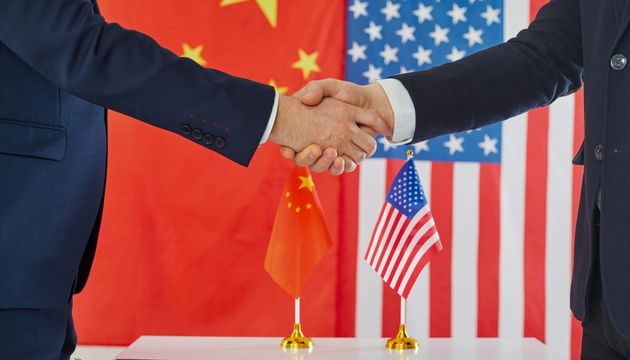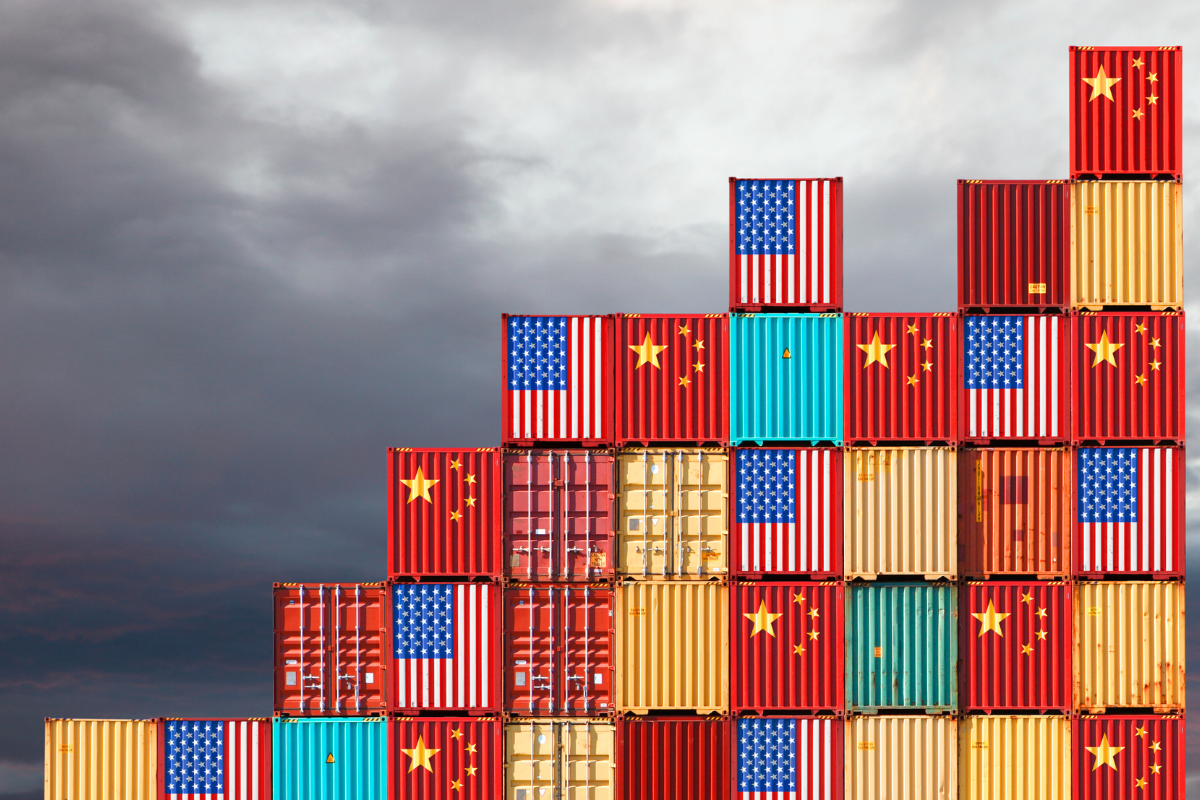In 2025, trade policy is no longer a backdrop. It is the stage. From tariffs on Chinese technology to reciprocal measures against long-standing allies, U.S. trade decisions now reverberate across supply chains, cost structures, and consumer behavior. If you run a business that touches global goods in any way—and that includes most—this new tariff framework is not just red tape. It is a strategic turning point.
Whether you’re importing electronics, assembling vehicles, exporting Canadian steel, or just sourcing raw materials for a Shopify store, what happens in Washington is reshaping your bottom line.
The 2025 U.S. Tariff Landscape: Strategy, Not Sabotage:
The Trump administration’s tariff strategy in 2025 is less about short-term retaliation and more about long-term recalibration. After running roughly a $1.2 trillion goods-trade deficit in 2024, U.S. policymakers have imposed sharp measures targeting key sectors (cfr.org).
- Chinese imports: Following a four-year Section 301 review, the U.S. Trade Representative announced additional tariffs of 25–100 percent on 14 strategic product groups, including semiconductors and batteries reuters.com.
- Steel & aluminum: Under Section 232 of the Trade Expansion Act, the U.S. now levies a 25 percent ad valorem tariff on most steel imports and 10 percent on aluminum—up from the original exemptions—which the administration reaffirmed in early 2025 (whitehouse.gov).
- U.S.–China truce: A 90-day tariff truce reached in London sets U.S. rates at 55 percent and China’s at 10 percent on each other’s goods, pending final ratification (reuters.com).
While intended to support U.S. industries, these measures have created real cost pressures for importers—and prompted rapid shifts in sourcing and routing.
Regional Impacts: What to Watch and Where to Pivot?
Mexico & Nearshoring: To thwart Chinese transshipment via Mexico, the U.S. has re-imposed a 25 percent steel tariff on imports unless they can prove “melted and poured” in North America reuters.com. At the same time, formal talks with Mexico aim to carve out quotas or eliminate these steel levies for trusted volumes—showing that even allies must negotiate to regain tariff relief.
China: Diversification Underway: Faced with steep U.S. duties, Chinese exporters have front-loaded shipments and accelerated diversification into ASEAN markets. While specific growth rates vary, multiple news reports note a marked uptick in shipments to Southeast Asia as firms seek tariff resilience.
United Kingdom: “Economic Prosperity Deal”: In May 2025, the U.S. and UK signed a bilateral deal reducing auto tariffs from 27.5 percent to 10 percent and exempting UK steel from Section 232 duties. Though the majority of UK-sourced goods still face baseline levies, this deal offers a clear procurement advantage for qualifying products.

Compliance Is the New Competitive Edge:
- Leverage Free-Trade Rules: Use USMCA content rules for automotive components to sidestep unilateral duties.
- Adopt AI-Driven Trade Intelligence: Predictive software can model hundreds of tariff scenarios to optimize routing.
- Enhance Transparency: Track multi-tier suppliers via blockchain to meet emerging ESG and conflict-minerals mandates.
How Different Businesses Are Adapting?
- SMEs are increasingly using bonded warehouses (Foreign-Trade Zones) to defer duties until sale, easing cash-flow pressures.
- High-value brands are negotiating smaller, targeted exemptions under bilateral agreements to protect margins.
Looking Ahead: What Strategic Businesses Should Do Now?
- Secure Your Data Flows: Prepare for quantum-resistant encryption standards under upcoming SEC guidance.
- Model Uncertainty: Run computable general-equilibrium (CGE) models to stress-test your supply chains against possible tariff escalations.
- Engage Policy Makers: Join Trade Advisory Committees at the U.S. Commerce Department to help shape sector-specific negotiations.
Make the Rules Work for You:
Trade disruption in 2025 is not a temporary storm. It is a new climate. The winners will not be those who avoid tariffs, but those who redesign operations to make tariffs irrelevant. Whether through nearshoring to Mexico, adopting AI compliance tools, or engaging directly with policymakers, forward-thinking companies are not just reacting – they are leading.
“The companies thriving aren’t those avoiding tariffs; they’re redesigning operations to make tariffs irrelevant.”
– Deputy USTR José Fernández
At REMSPIN, we believe perspective is everything. By understanding the bigger picture and acting with precision, your business can turn global policy shifts into local competitive advantage.





